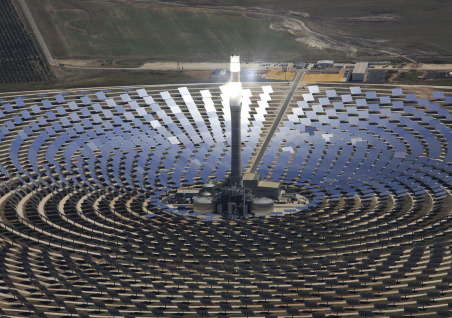
Breaking News
 The #1 Most Dangerous Fat in the World!
The #1 Most Dangerous Fat in the World!
 Is $140K the New Poverty Line? Is This the End of America's Middle Class?
Is $140K the New Poverty Line? Is This the End of America's Middle Class?
 Here Are the NEWLY RELEASED Epstein Images Tied to Powerful Democrats
Here Are the NEWLY RELEASED Epstein Images Tied to Powerful Democrats
 Joe Biden Still Struggling to Raise Money for Presidential Library – No New Donations...
Joe Biden Still Struggling to Raise Money for Presidential Library – No New Donations...
Top Tech News
 This tiny dev board is packed with features for ambitious makers
This tiny dev board is packed with features for ambitious makers
 Scientists Discover Gel to Regrow Tooth Enamel
Scientists Discover Gel to Regrow Tooth Enamel
 Vitamin C and Dandelion Root Killing Cancer Cells -- as Former CDC Director Calls for COVID-19...
Vitamin C and Dandelion Root Killing Cancer Cells -- as Former CDC Director Calls for COVID-19...
 Galactic Brain: US firm plans space-based data centers, power grid to challenge China
Galactic Brain: US firm plans space-based data centers, power grid to challenge China
 A microbial cleanup for glyphosate just earned a patent. Here's why that matters
A microbial cleanup for glyphosate just earned a patent. Here's why that matters
 Japan Breaks Internet Speed Record with 5 Million Times Faster Data Transfer
Japan Breaks Internet Speed Record with 5 Million Times Faster Data Transfer
 Advanced Propulsion Resources Part 1 of 2
Advanced Propulsion Resources Part 1 of 2
 PulsarFusion a forward-thinking UK aerospace company, is pushing the boundaries of space travel...
PulsarFusion a forward-thinking UK aerospace company, is pushing the boundaries of space travel...
 Dinky little laser box throws big-screen entertainment from inches away
Dinky little laser box throws big-screen entertainment from inches away
 'World's first' sodium-ion flashlight shines bright even at -40 ºF
'World's first' sodium-ion flashlight shines bright even at -40 ºF
Double-action solar tower promises clean energy all day and night

As its name suggests, the TTSS combines two tower-style technologies into a single design: a solar updraft tower and a cooling downdraft tower. These are integrated into a single tower, with the updraft tower coming up through the middle.
A solar updraft system works by heating up the air at ground level, then using the fact that hot air rises to funnel that air up a tall tower with turbines in it. The air is heated under a large roof covering a vast collection area, made from a greenhouse-type material designed to trap as much heat as possible.
These have been built at experimental scale, but not yet at a commercial scale, since they're typically very large, tall structures to ensure a good temperature differential. Thus, capital costs are high and they're viewed as risky.
A cooling downdraft tower, on the other hand, forces air downwards to turn another turbine. In this design, that's accomplished by spraying a fine mist of water into the ambient air at the top of the tower, making it both cooler and heavier and sending it downward.
The TTSS design places an updraft tower in the middle, and surrounds it with 10 downdraft towers running around the outside, such that it can operate in both updraft and downdraft modes simultaneously.
The research team, from Jordan's Al Hussein Technical University and Qatar University, modeled a TTSS tower some 200 m (656 ft) tall and 13.6 m (45 ft) in diameter, with a 250-m (820-ft) diameter collector underneath it. The inner cooling tower's diameter was 10 m (33 ft), leaving a 1.8-m (5.9-ft) gap all the way around. This gap was partitioned into 10 separate downdraft towers, with water misting systems at the top and turbines at the bottom. The location chosen was near Riyadh City – hot, dry desert areas are ideal for these designs.



